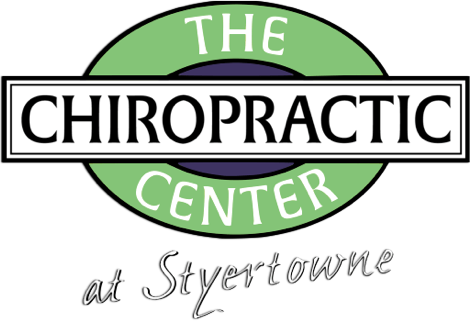TMJ Syndome
Chiropractic and body alignment techniques can analyze the skull/jaw/spine relationship.
TMJ pain: if you’ve suffered from it, you probably already know what it is. If you haven’t, it may require a bit of visualization to make the connection. Some might say TMJ is jaw pain, or something that causes a clicking in your jaw when you open and close your mouth widely.
There’s a lot more to know about what the TMJ is, and when it poses a problem.
What is the TMJ?
TMJ stands for the temporomandibular joint. It’s an important joint formed by your skull and your jaw bone and involves the muscles needed for chewing.1 Your TMJ acts like a sliding hinge, and connects your jawbone to your skull. It is responsible for opening and closing your mouth, allowing the jaw to move smoothly up and down and side to side, and enables you to talk, chew, and yawn.1,2 A common mistake people make is referring to TMJ pain simply as TMJ. When you experience pain in this area, your chiropractor or dentist may refer to it as a temporomandibular disorder, or TMD
What are the Symptoms?
Symptoms of TMJ can vary widely from person to person, but some of the more typical problems are fairly common among most sufferers. These symptoms might include pain in the jaw, trouble chewing or talking, headaches, and neck pain. In some cases, the patient may also experience a bit of dizziness. Since other ailments can cause similar problems, it’s important to be seen by a professional.
How Can I Manage TMJ Pain?
There are conservative steps you can take to treat or reverse TMJ-related pain, including eating softer foods, applying ice packs, avoiding extreme jaw movements, learning techniques to relax and reduce stress, and practicing gentle stretching of the jaw to help increase its movement.2 Spinal manipulative therapy, soft tissue massage, and exercises have also been shown to reduce pain and symptoms.1,3,4 Another treatment that has been proven to help is myofascial release, a technique certain healthcare practitioners, such as chiropractors, can use to release the muscles surrounding the joint, accessing them from the inner side of a person’s cheeks. 5 The TMJ is a joint after all, and chiropractors are experts on muscles and joints and can assess the function of your TMJ and help determine the best way to manage your pain.
Whatever method you choose to alleviate your TMJ pain—self-care, cognitive behavioral therapy, or co-management between a dentist and your chiropractor—know that there are options that can help. You can talk to your chiropractor to help choose the method that is right for you.
Improper skull/jaw/spine alignment can affect your entire nervous system.
In Conclusion
Specific chiropractic and body alignment techniques have been developed that analyze skull/jaw/spinal structural relationships. These techniques have benefited patients suffering from the hidden distortions that may be causing pain and other problems with the TMJ.
All TMJ sufferers need a chiropractic checkup. Anyone who has been to the dentist for symptoms related to TMJ should follow up that visit with stop at their chiropractor.
"[Up to] 78% of the general public have some amount of TMJ dysfunction."
